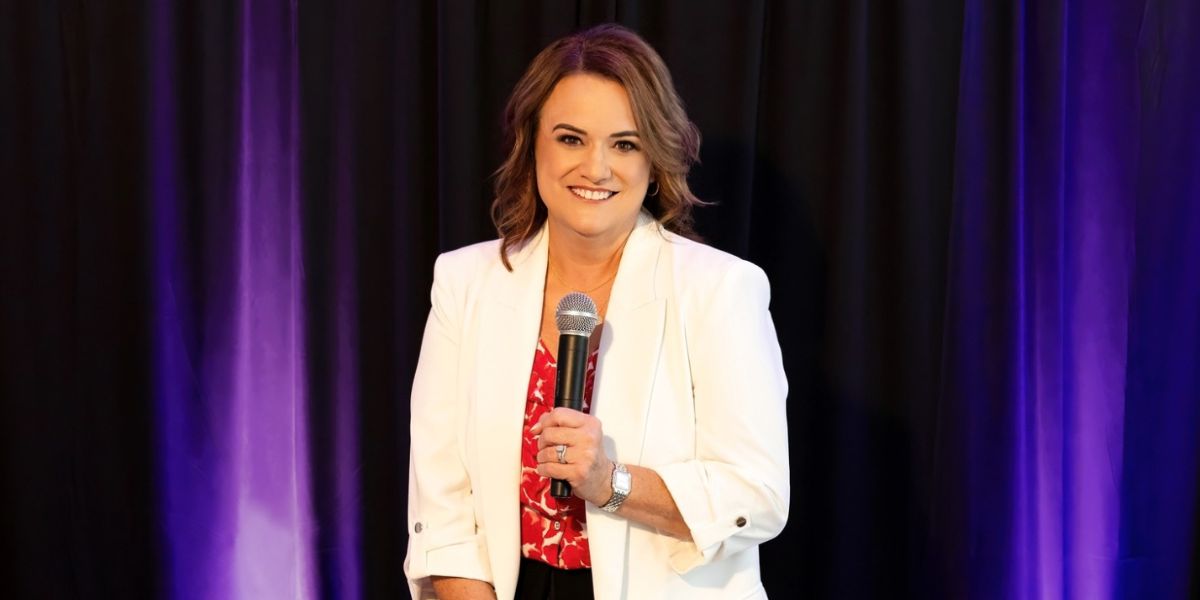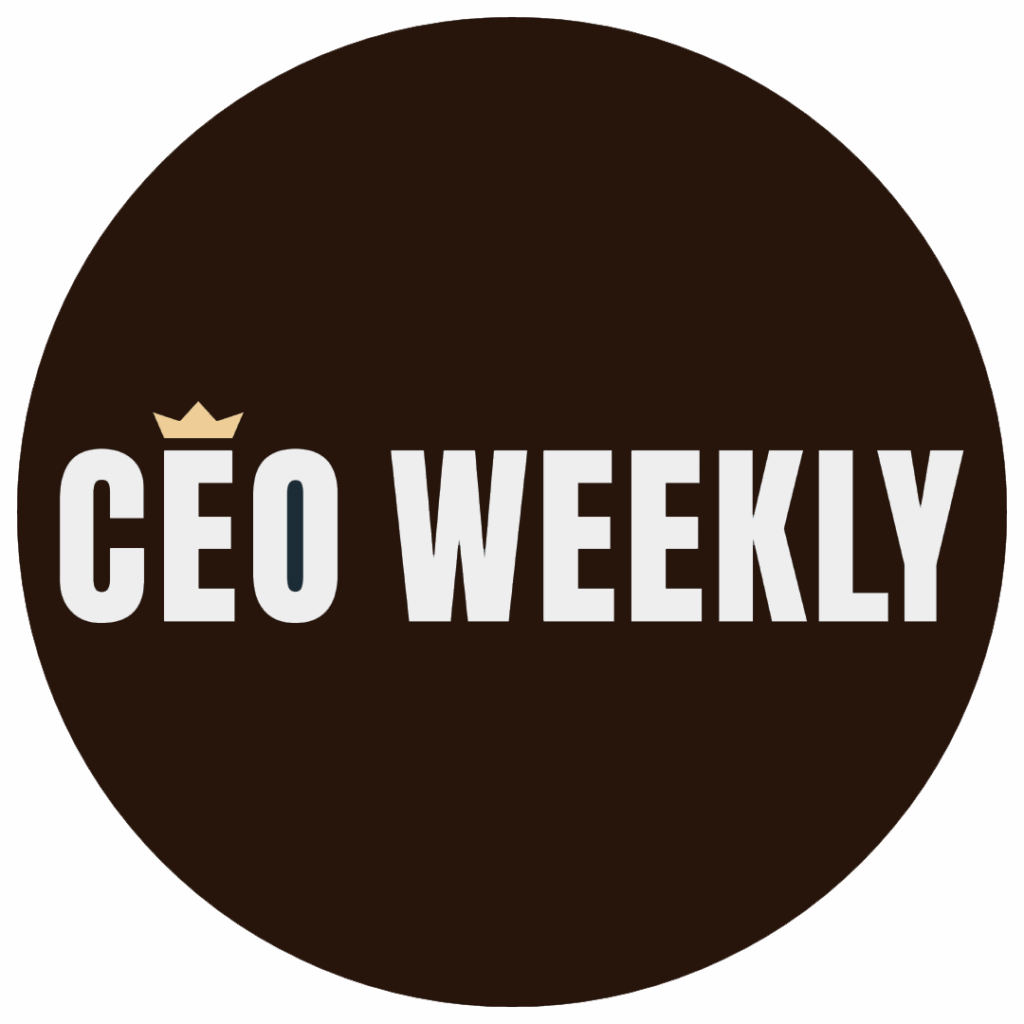By: Matthew Kayser
In today’s hyper-connected marketplace, information travels at lightning speed. CEOs and communications leaders know that standing out isn’t just about being louder; it’s about being smarter. That’s where media-ready research has emerged as a key tool, transforming raw data into stories that draw attention, fuel thought leadership, and build lasting credibility.
One firm has made this approach its signature: Wakefield Research. With clients ranging from dynamic startups to more than half of the Fortune 100, Wakefield has carved out a reputation as the go-to partner for organizations that want their research not just precise, but impactful.
“Data is powerful because it puts ideas into context,” says Nathan Richter, Senior Partner at Wakefield Research. “Research can explore concepts, behavior, and actions that reflect the larger population, giving CEOs, communications leaders, and the media insights they wouldn’t have otherwise.”
Why Research Is the New Visibility Engine
The communications landscape has shifted significantly in recent years. Newsrooms are leaner, journalists juggle more beats, and brands are competing for attention in an era of information overload. Traditional advertising can raise awareness, but earned media, coverage in trusted outlets, still carries unmatched trust.
That’s why research has become such a valuable lever. A well-crafted study delivers what journalists crave: fresh insights, surprising statistics, and human stories backed by data. Instead of pushing a message, research creates a reason for the media to come calling.
“It is essential to understand what journalists are looking for in order to become a true resource,” Richter explains. “Reporters need new information that provides context on timely and relevant narratives. Research can fill that void, provided you ask the right questions to the right audience at the right time.”
From Numbers to Narratives
Wakefield’s specialty lies in transforming complex data into narratives that resonate far beyond spreadsheets. Consider a consumer survey that uncovers shifting attitudes toward remote work. Internally, that information might guide HR strategy. Externally, framed as a headline, Half of U.S. Workers Say They’d Quit Before Returning to the Office Full-Time, it becomes part of a national discussion.
“Timeliness, urgency, and a strong narrative. Those are the three ingredients you need for success,” says Richter.
Wakefield’s process ensures research is built for that kind of resonance from the start. The firm designs studies not only for methodological rigor but also for narrative potential. Every question asked, every dataset analyzed, is approached with an eye toward how the findings can generate headlines and thought leadership opportunities.
A Proven Formula for Visibility
Wakefield’s results speak for themselves. Its work has appeared in The New York Times, The Wall Street Journal, NPR, CNBC, and Good Morning America, coverage that often results in significant impressions for its clients. More importantly, that coverage translates into measurable business impact: stronger brand authority, enhanced executive visibility, and elevated trust with stakeholders.
“Research is a strong partner for any executive, because it backs up their opinions with solid data,” Richter says.
Lessons for Leaders
For CEOs and communications executives, Wakefield’s approach offers several lessons about the role of research in today’s visibility playbook.
First, it’s about substance over noise. In an age where every brand is posting, tweeting, or publishing, data gives leaders something unique: credibility.
Second, it’s about timing and relevance. Research that ties into cultural moments, whether around the economy, consumer behavior, or generational trends, naturally finds its way into headlines.
Finally, it’s about leveraging research across the organization. Beyond media coverage, findings can shape keynote speeches, investor presentations, sales enablement, and internal communications.
“Research is a key asset that can power multiple parts of the business, from internal insights and decision-making to using it as a valuable PR tool. Used strategically, one piece of research can achieve many objectives,” Richter notes. “In terms of AI-driven content and information saturation, we see research being elevated at this moment in time. Because it has the ability to bring trusted context into the conversation and help to break through the noise.”
The Future of Brand Visibility
Looking ahead, Richter believes the demand for media-ready research will only grow. As AI accelerates content creation and information saturation continues to rise, the brands that succeed will be those who bring something substantial and trusted to the table.
For leaders navigating an increasingly competitive marketplace, that message is clear. Insight alone isn’t enough. To drive real impact, research must be designed to tell stories, spark conversations, and elevate executives as thought leaders.
Wakefield Research has built its reputation on delivering exactly that. In doing so, it has shown that the future of brand visibility will not solely be bought, but will be earned, one headline at a time.









